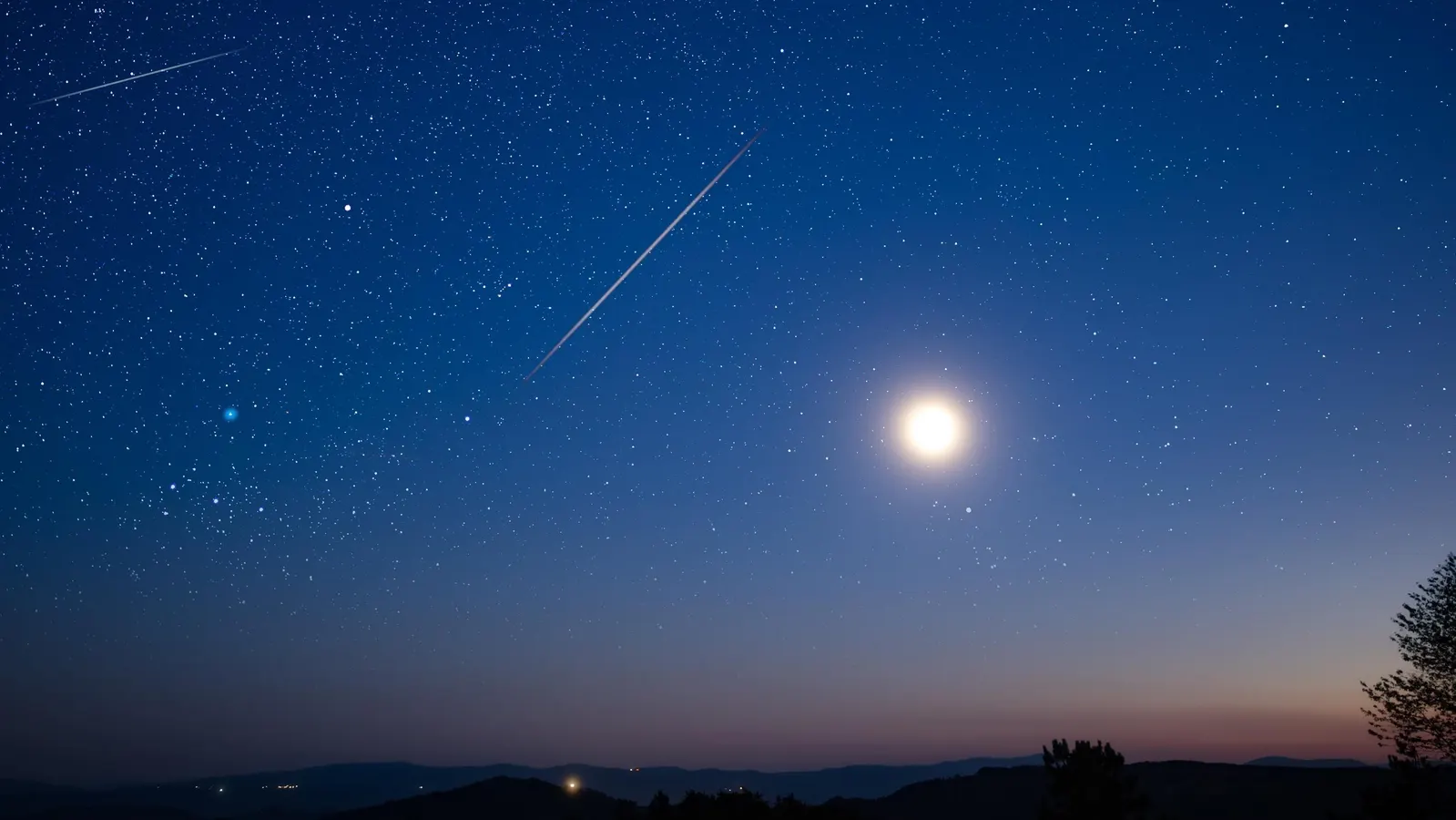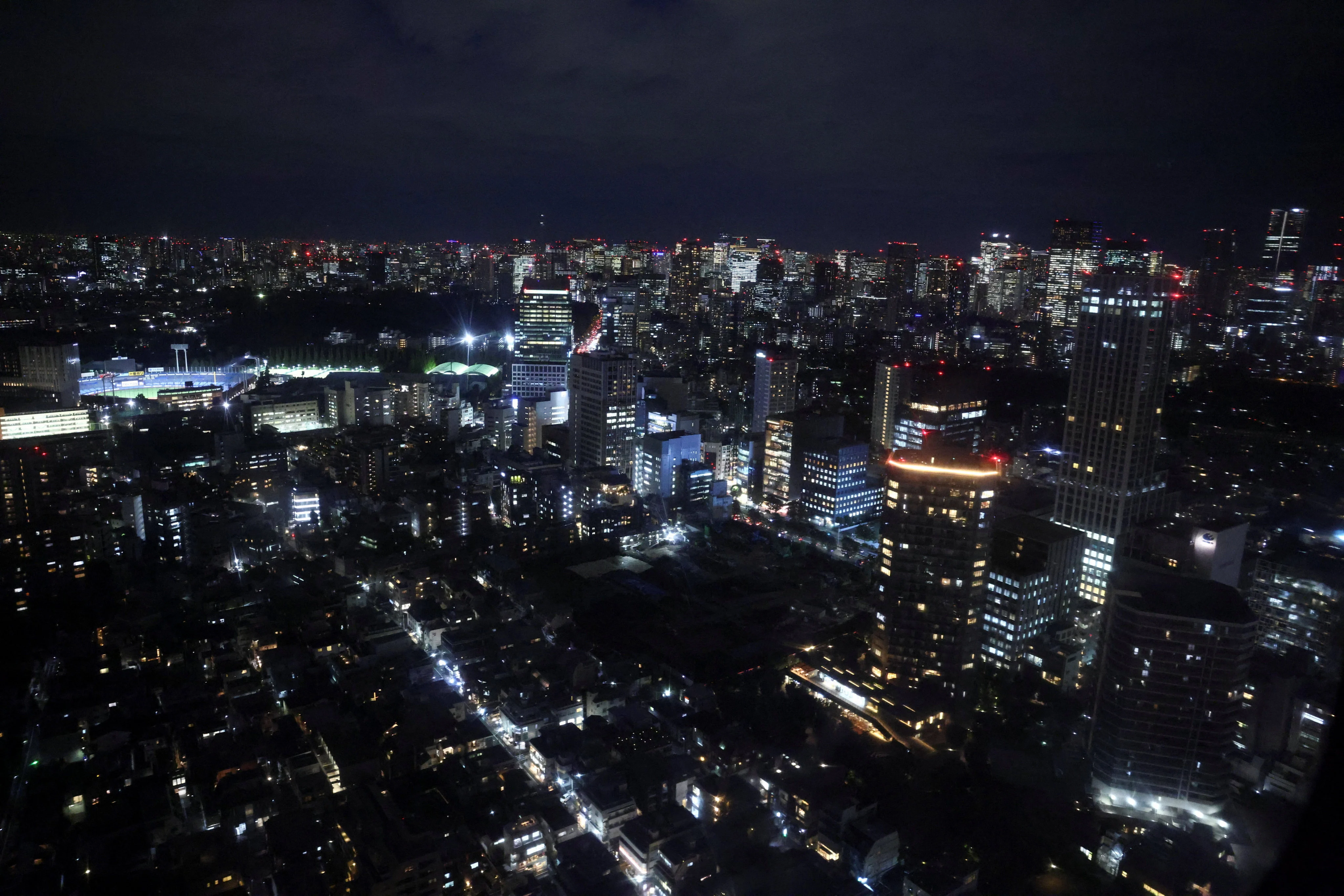Copyright forbes

The Southern Taurids peak overnight on Tuesday, Nov. 4, through Wednesday, Nov. 5, 2025. The Northern Hemisphere’s night skies are about to host some of the most dramatic "shooting stars" of the year as the Southern Taurid meteor shower comes to a peak — and delivers a “swarm” of fireballs. Active for about two months from mid-September, the Southern Taurids peak overnight on Tuesday, Nov. 4, through Wednesday, Nov. 5, 2025, according to the American Meteor Society. A meteor shower happens when Earth moves through dust shed by a comet, with tiny grains slamming into the atmosphere, energizing, and releasing that energy as photons of light. A "shooting star" is the luminous trail of that particle. In the case of the Southern Taurids, it's comet 2P/Encke, but it's quality over quantity, with only occasional, but unforgettable fireballs (very bright "shooting stars") visible in the night sky. Where And When To Look The best time to see a Southern Taurid fireball is Nov. 4-5. That night, a full moon — a supermoon — will shine all night. Worse still, it will be the biggest and brightest full moon since 2019. However, so bright are Taurid fireballs that it will be worth looking out for them despite the moonlight. MORE FOR YOU If they do punch through the glare of the full moon, they’ll appear to come from the constellation Taurus — rising in the east after dark just beneath the moon — but they can occur anywhere in the night sky. What You’ll See For the Southern Taurids, think low rate, but high drama. They typically deliver only about five meteors per hour, but what they lack in numbers they make up for in spectacle. Patience (and clear skies) may be rewarded with slow, bright fireballs that may flare, fragment and leave persistent, glowing streaks in the night sky. Taurids are slow by shower standards, drifting in at roughly 17 miles per second, so the streaks will be easier to see and particularly impactful. What's more, astronomers have identified 2025 as a swarm year for the Taurids, so there are better-than-average odds of fireballs. "Fireballs" are particularly bright, long-lasting "shooting stars." Observing Tips This is not a meteor shower to travel for, and you do not need any special equipment. You do not need a dark-sky site or to escape city lights, since the moonlight is bright everywhere. Watch from your yard, balcony, or a nearby park. Bring a reclining chair, warm layers, and patience, and give yourself at least an hour so your eyes fully adapt. Turn your gaze south or north, away from the moon, and keep it out of your line of sight. What’s Next In The Night Sky The Southern Taurids continue through Nov. 20. Their sister shower — the Northern Taurids — peaks Nov. 11-12, offering another chance at bright fireballs under a waning last quarter moon. Expect the same potential for fireballs. Mid-month also brings the fast, bright Leonid meteor shower, which will peak overnight on Nov. 16-17, producing around 15 meteors per hour in dark, moonless skies. That's because there's a new moon — a smaller-than-usual “micromoon” — on Nov. 20. The month concludes with a striking Venus-Mercury pairing before sunrise on Nov. 25 and Mercury’s best morning apparition of the year on Nov. 30. The times and dates given apply to mid-northern latitudes. For the most accurate location-specific information, consult online planetariums like Stellarium. Wishing you clear skies and wide eyes. Editorial StandardsReprints & Permissions



